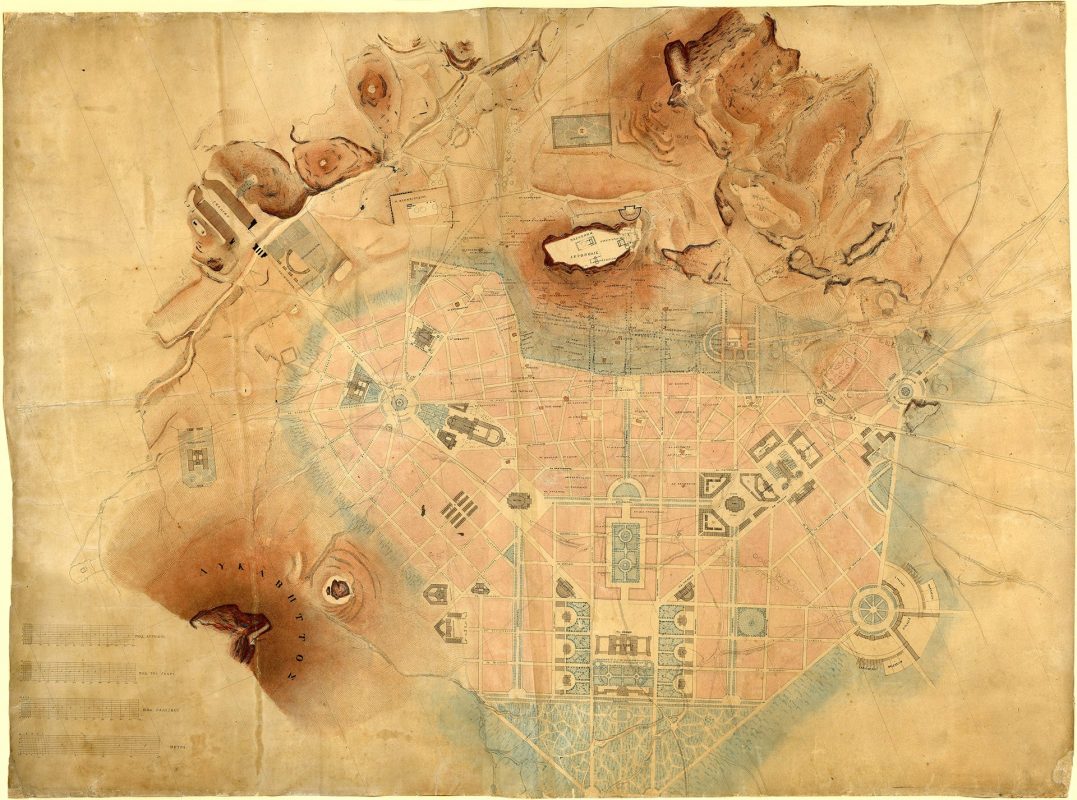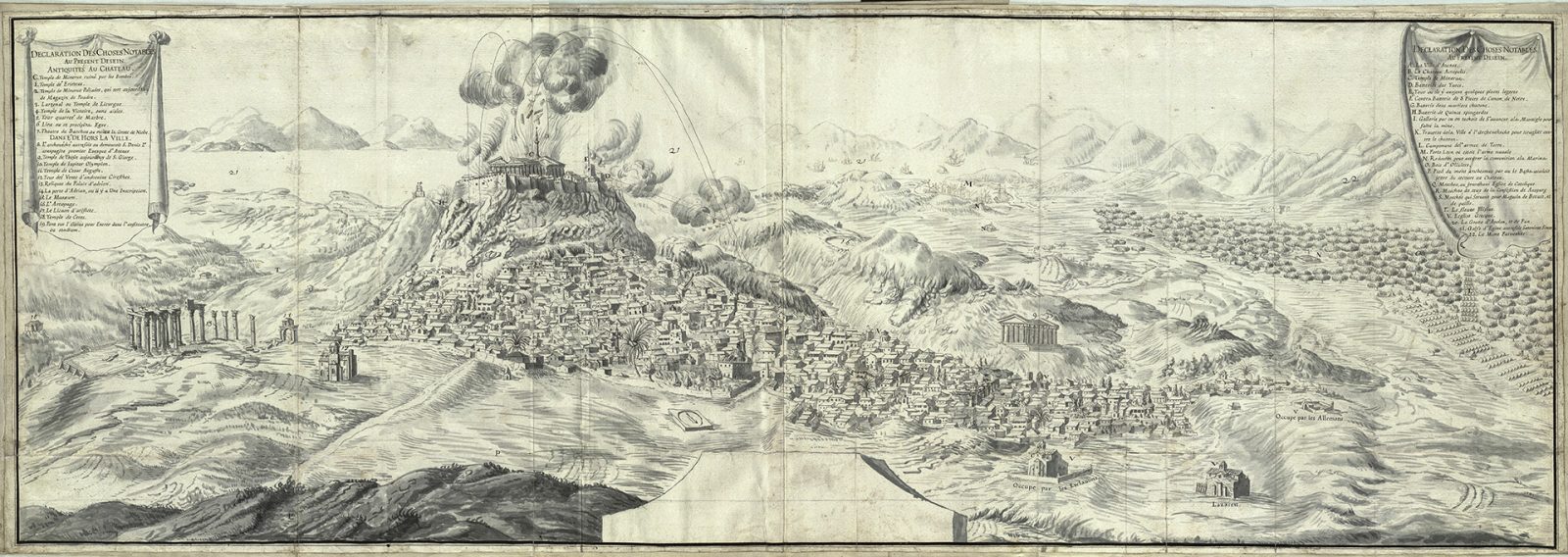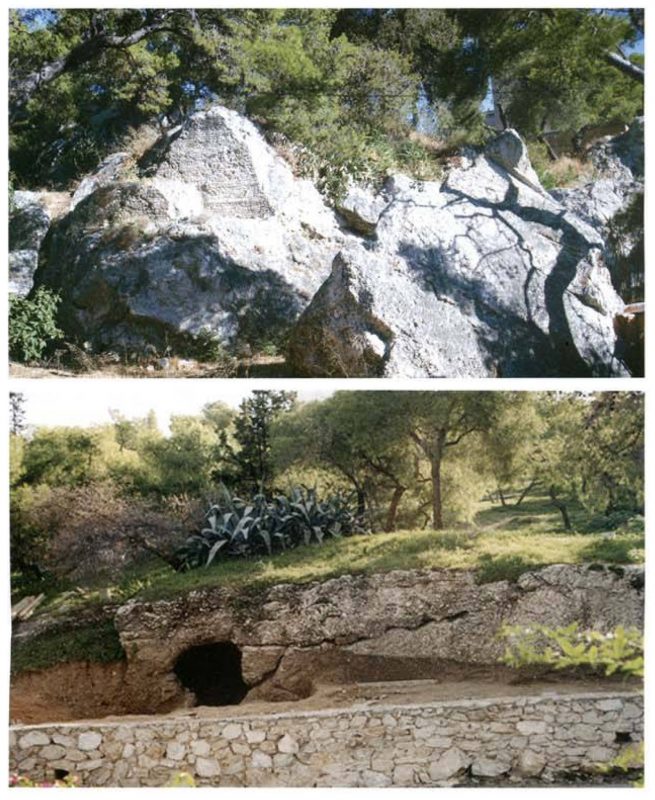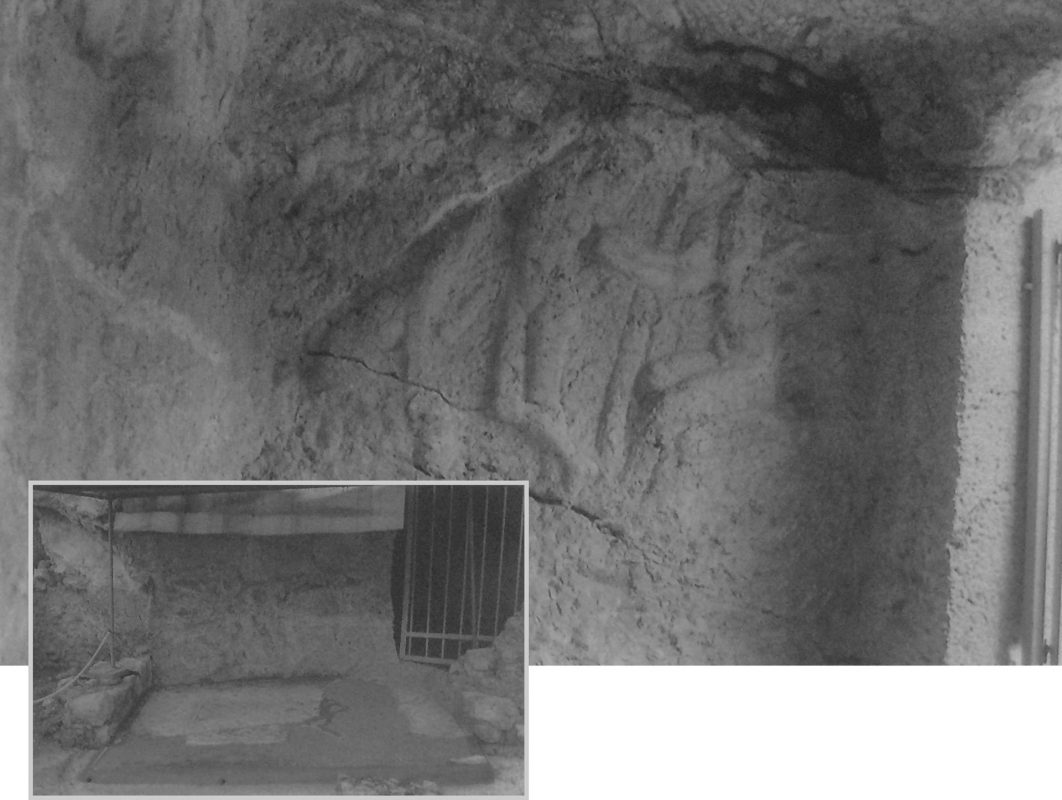December 5, 2018
December 5, 2018
December 5, 2018
December 5, 2018
December 5, 2018
December 5, 2018
December 5, 2018
December 5, 2018
December 5, 2018
December 5, 2018
Mid-Byzantine period: Erection of churches atop ancient ruins The Hills’ neighbourhood is revived. Agios Demetrios Loumbardiaris is built upon the ruins of an ancient tower of the Compartment Wall (diateichisma). The little church of Agia Marina is founded following […]
December 5, 2018
Early Christian period: Residential and funeral use of the Hills It seems that the area of the Hills continued to be inhabited until the 6th century A.D., while the rock-cut caves near the Pnyx and the grounds of the […]
December 5, 2018
Roman citizens settling on the Hills The small rock-cut shrine bearing the relief representation of Pan, to the northeast of the Hill of the Pnyx, is transformed and constitutes part of a luxurious residential complex; it has undergone consecutive […]












